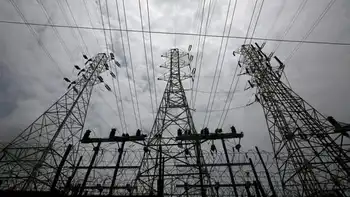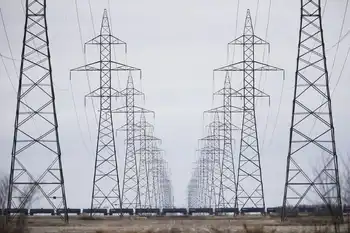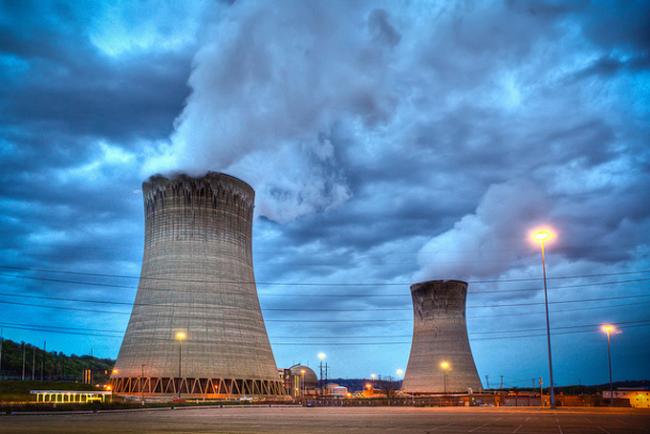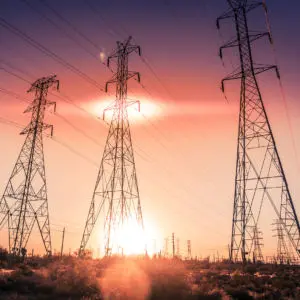Future green workplaces will become energy producers
CALGARY, ALBERTA - The next generation of environmentally friendly workplaces will not only have a carbon-neutral footprint and improve the health of workers, but could actually produce enough power of their own to add energy to the regional power grid, according to architects and designers leading the charge in green building design.
Green buildings reduce an office's energy consumption and improve the health of workers by incorporating more environmentally friendly materials and features. They're being embraced by businesses around the world looking to lower operating costs while boosting employee health and productivity, says Bill Chomik, an architect and principal with Kasian Architecture Interior Design and Planning Ltd. in Calgary.
"Sustainability and environmental stewardship as you design is table-stakes in today's design world," says Chomik. "It's no longer something that you add on. It's now mainstream."
He points to many studies which have concluded that in addition to energy and operating cost savings, employee health and productivity improve in green workplaces. It has also led to a trend where office layouts are more fluid and modular, allowing employees to move around different work spaces easily.
"We're actually seeing this nomadic office worker where... the whole culture of the way the office works switches so people aren't assigned an office or work station (and) can move around with their laptops from station to station," he says.
Kasian has worked on several green buildings, certified under the universal standard rating system called LEED (Leadership in Energy and Environmental Design), through the Canada Green Building Council.
The new Child Development Centre (CDC) that opened last October at the University of Calgary achieved the highest possible rating - LEED Platinum - and is the highest-scoring building of its kind in the world.
It has one of the largest photovoltaic arrays ever to be integrated into a building in Canada, capable of producing 65,000-kilowatt-hours of electricity annually - enough to run six single-family homes for a year.
It also features high-performance boilers, water heaters no larger than a television set, in-floor ventilation systems, sun-sensing light systems that harvest natural sunlight to reduce artificial lighting, re-captured rain water for irrigation, low-flow toilets and various other environmentally friendly materials and features.
"Sustainability has to be about the health of buildings and the health of people and the environment," says Lois Wellwood, an interior designer and principal in Kasian's Calgary office.
The firm, which has offices around the world, has also worked on green buildings such as the new Calgary Court Centre, the Coutts-Sweetgrass border crossing and a building at UBC's Okanagan campus.
Projects such as the 125,000-square-foot CDC at the University of Calgary help "raise the bar for everyone" and will be "good for the environment, for its occupants and good for the bottom line," said Thomas Mueller, president of the Canada Green Building Council.
At Kasian's Dubai office, all projects designed in the region must adhere to at least the LEED Silver rating, which Kasian's Toronto office also recently applied for.
Surprisingly, China is also at the forefront of the green building trend. Two buildings constructed there are so tall they have wind turbines on the top which produce enough power for the building with additional power generated going back into the region's grid.
"We're protecting Mother Earth... but we're creating work environments which are far more comfortable, which will keep people healthier (and) improve productivity," says Chomik, adding the firm has 48 LEED-accredited architects, designers and technicians on staff globally.
Related News

India is now the world’s third-largest electricity producer
NEW DELHI - India now generates around 1,160.1 billion units of electricity in financial year 2017, up 4.72% from the previous year. The country is behind only China which produced 6,015 terrawatt hours (TWh. 1 TW = 1,000,000 megawatts) and the US (4,327 TWh), and is ahead of Russia, Japan, Germany, and Canada.
India’s electricity production grew 34% over seven years to 2017, and the country now produces more energy than Japan and Russia, which had 27% and 8.77% more electricity generation capacity installed, respectively, than India seven years ago.
India produced 1,160.10 billion units (BU) of electricity–one…




